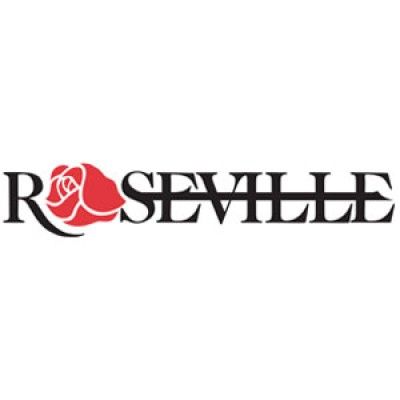Firefighter/EMT na City of Roseville, MN
City of Roseville, MN · Roseville, Estados Unidos Da América · Onsite
- Professional
- Escritório em Roseville
About the Department
Firefighters are responsible for protecting life and property, performing fire suppression, prevention and education, providing BLS first response and emergency medical treatment to the sick and injured, mitigating hazards and problem solving in all weather and hazardous conditions, 24/7 and 365 days a year. The Firefighter maintains fire equipment, apparatus and facilities, participates in training; and performs intermediate troubleshooting and analysis, makes recommendations, and keeps records as required. This position drives the standards of safety, cleanliness, and high quality of Fire services.
Position Duties
The duties listed below are intended only as illustrations of the various types of work that may be performed. The omission of specific statements of duties does not exclude them from the position if the work is similar, related, or a logical assignment to the position.
- Complete Fire suppression/hazard mitigation and 911 response.
- Provide emergency medical services and 911 response.
- Train in various topics and conditions ranging from fire tactics to EMS skills, documentation and physical fitness.
- Maintain equipment and vehicles.
- Take part in public education and events as well as attend external education courses.
- Provide basic lifesaving care.
- Report writing and documentation.
- Continually show respect for diverse perspectives, backgrounds, and interests. Exhibit sensitivity to the needs of diverse audiences in all duties performed on behalf of the City to support Roseville in building and sustaining an inclusive and equitable working environment and community.
- Performs other job-related duties as assigned.
Minimum Qualifications
- Vocational/Technical/Business School in a related field of study
- Firefighter and EMT minimum experience of 1 year
- Must be eligible to be MBTFE Licensed Full-Time Firefighter upon appointment as Firefighter (this requires having Firefighter 1, 2, and Hazardous Materials Operations completed)
- Licensed National Registry EMT upon appointment
- Be able to complete a 24-hour shift without sleep or rest
Other Qualifications
The physical demands described are representative of those that must be met by an employee to perform the essential functions of the job. Reasonable accommodations may be made to enable individuals with disabilities to perform the essential functions. Must be able to pass the physical assessment upon hire as required by NFPA standard 1583.
Work is in the field and frequently exposed to hazards conditions, chemicals and stressful emergencies. There is exposure to disagreeable elements such as outdoor weather conditions, severe medical conditions, and varying levels of stress.
FREQUENTLY
Standing: Dynamic standing, raising ladders, operating a hose, clearing debris, inspecting equipment, sweeping or mopping, power washing
Walking: Walking from and to truck or engine multiple times at fire or accident scene. Walking on rough ground or uneven surfaces: When working in fire scenes that have no pavement or smooth surfaces, working on surfaces strewn with debris
Twist or Turn: Frequently, removing and replacing protective gear, tools and equipment from the truck, removing, deploying and replacing ground ladders, moving or removing furniture or other obstacles
Reaching Waist to Shoulder: Pulling hoses off of truck or engine, carrying/using axes or other tools, moving or removing furniture or other obstacles, retrieve and store items and supplies
Handling/grasping: Using tools, hoses, first aid cases, ladders, protective gear, backboards, removing victims, sweeping, mopping
OCCASIONALLY
Running: Running from truck or engine to fire or accident scene with tools, equipment, fan or other items; running to pull a dry hose; running to transport a victim on a backboard; running up or down a staircase
Sitting: Riding in a truck or engine to and from a fire or accident scene
Driving: If assigned to drive equipment to and from a fire or accident scene
Balance: When climbing ladders or stairs, suppressing fires at or near rooftops or several stories above ground, walking or running on wet or muddy surfaces, carrying victims
Work at heights: When suppressing fires at or near rooftops roof tops or several stories above ground, climbing/standing on a ladder, standing on top of parked equipment
Climb stairs or ladders: Deploying and climbing a ground or aerial ladder to enter a building or suppress a fire; climbing stairs in a building to reach sources of fires or to access and retrieve victims
Bend/stoop: Unwinding hoses, laying a hose, coupling and uncoupling a hose, mopping a floor, dismantling a vehicle, unpacking and re-packing medical equipment and supplies
Crouch/Squat: Unwinding hoses, pulling hose, coupling and uncoupling a hose, administering first aid to a victim
Crawl/Kneel: Crawl on the floor or through wreckage to access a victim; kneel: unwinding







